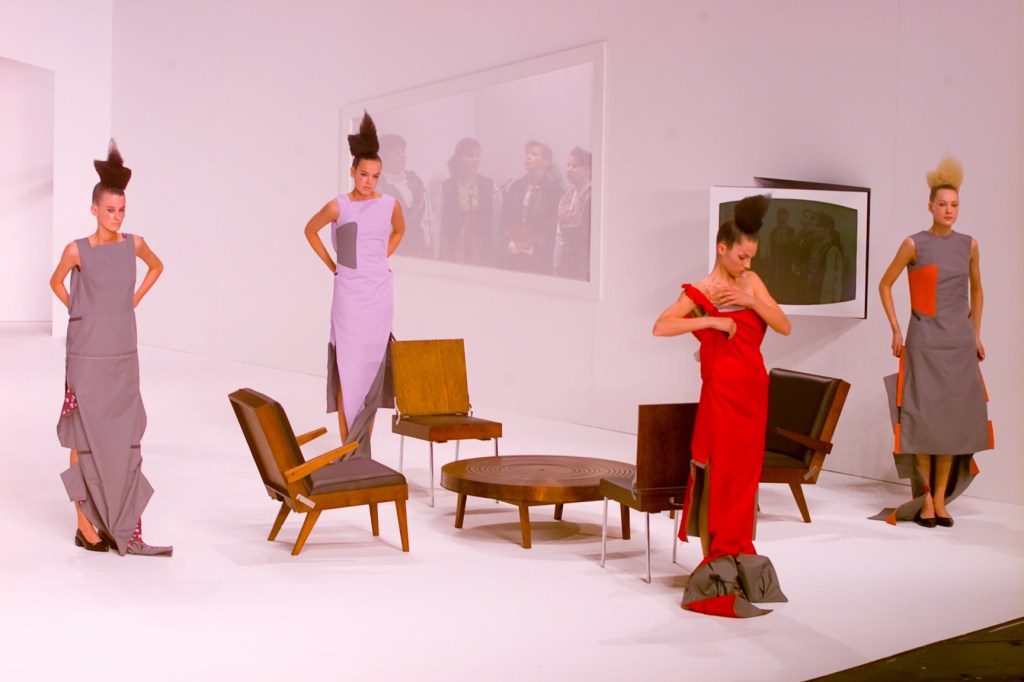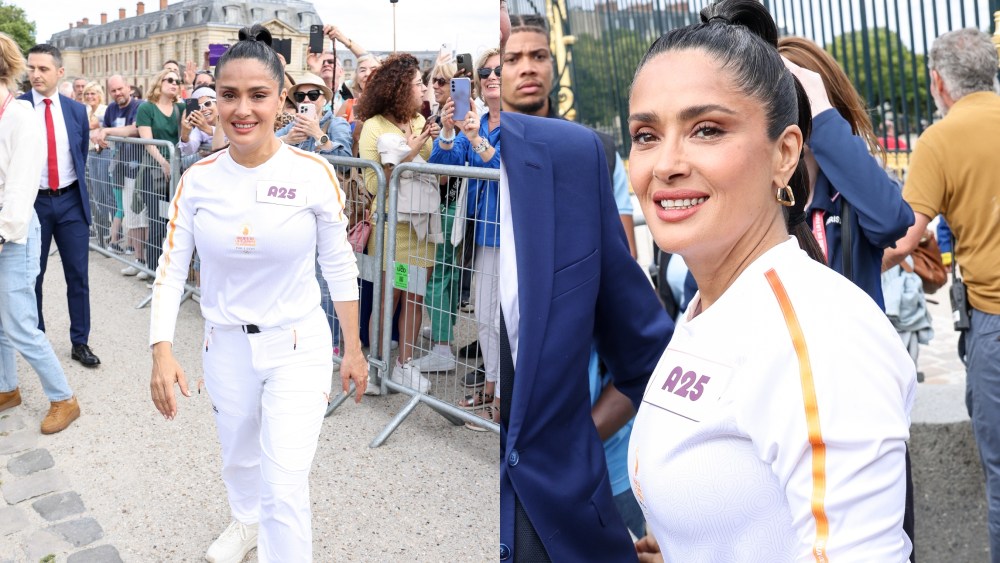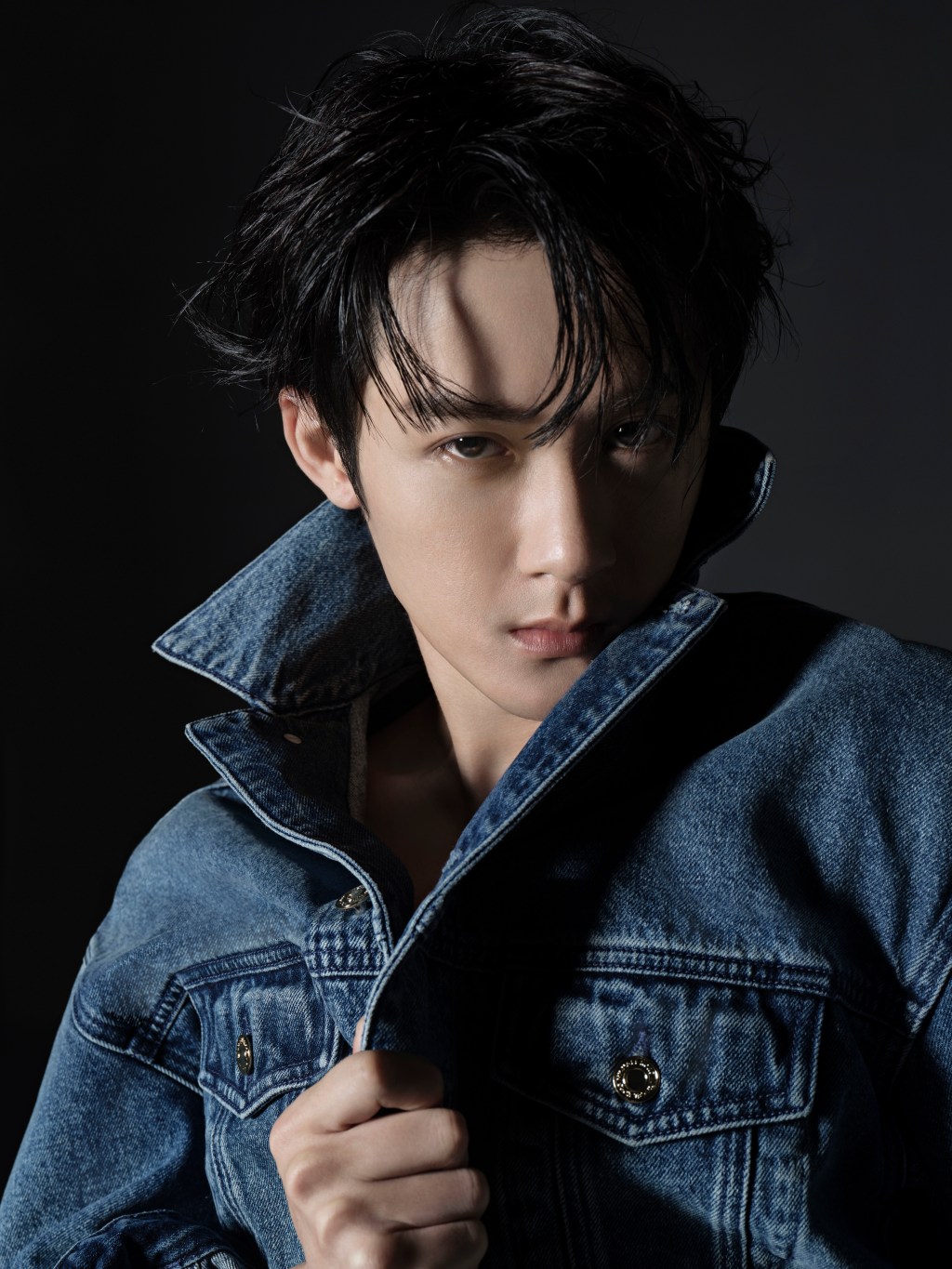LONDON – London Fashion Week is hitting the big 4-0 and it has certainly seen its share of drama, from Katharine Hamnett’s lessons in sex to Richard Quinn’s surprise visit from Queen Elizabeth II in her only fashion week appearance. Here, WWD takes a look at nine moments that lit up the London catwalks over the past four decades.
Fall, and Rise: A 16-year-old Naomi Campbell made headlines worldwide when she tumbled down the runway in 9-inch platforms during Vivienne Westwood’s fall 1993 show, “Anglomania.” The show was a nod to Westwood’s English and Scottish heritage, and featured body-hugging lace dresses and a long, red tartan suit skirt. John Galliano, Jean Paul Goude and Azzedine Alaïa watched from the front row. Campbell, of course, would go on to become globally famous — and friendly with Westwood, walking (without further incident) in many of her shows in London and Paris. Westwood would continue to fly the tartan flag, maintain her punk attitude, and ply her passion for sustainability into future collections.

Man vs. Nature: The greatest showman, Alexander McQueen staged his spring 1999 outing at Gatliff Road warehouse, a former bus depot in London’s Victoria. Shalom Harlow stood on a rotating turntable surrounded by two dancing robot arms that would go on to spray paint her white strapless dress in black and lime green paint. The collection was inspired by artist Rebecca Horn’s work “High Moon,” where two shotguns are hung in the air facing each other with a stream of blood running on the floor. The show was memorable for other reasons, too. The Paralympian Aimee Mullins made her catwalk debut wearing prosthetic legs carved from elmwood, prompting conversations about diversity and inclusion long before they became fashionable.

Wood Work: Hussein Chalayan’s fall 2000 collection, “After Words,” had a theatrical, and philosophical bent, inspired by war refugees forced to leave their homes with only a few personal possessions. The stage was set like a living room and showed models sheltering household objects inside their coats and pockets or wearing slipcovers as dresses. At one point, a model stepped into the center of a table which magically transformed into a long tiered skirt. “A lot of things could have gone wrong technically, but somehow they didn’t,” Chalayan told WWD in 2020. The designer was always experimenting: For his graduation collection at Central Saint Martins in 1993, he buried dresses with iron filings in the ground and let them sit there for months before digging them out and presenting them on the catwalk.

Sex Education: Katharine Hamnett has always used fashion to plug her causes. In 1984 she famously attended a fashion industry event at Downing Street wearing a big white T-shirt that read “58 Percent Don’t Want Pershing.” The statement referred to a poll that showed most Britons objected to having American Pershing missiles based in the country. According to Hamnett, Prime Minister Margaret Thatcher shrieked when she saw the T-shirt. Some 20 years later, during her spring 2004 collection and to mark World AIDS Day, Hamnett was back on her soapbox. She dressed Naomi Campbell in a crystal-encrusted sheer black top that said “Use a condom.”

Big Night: London Fashion Week has never been a celebrity magnet, but that all changed one night in September 2006 when Giorgio Armani rolled into town, showing his spring 2007 Emporio Armani collection at Earl’s Court in west London. It was a made-for-TV extravaganza that featured performances by Beyoncé, Bryan Ferry, Alicia Keys, Andrea Bocelli and 50 Cent. It was held in aid of (Product) Red, a charity raising awareness and funds to help eliminate HIV/AIDS in a number of African countries. The event had a long-lasting halo effect on London Fashion Week, which became a must-see showcase on the seasonal fashion circuit.

Hidden Debut: The Central Saint Martins MA graduate show has long been a launch pad for some of the biggest names in the industry, but it often takes years for the designers to grab attention. Burberry’s chief creative officer Daniel Lee, who graduated from CSM in 2011, worked behind-the-scenes for nearly a decade, honing his skills as director of ready-to-wear at Celine, and earlier at Maison Margiela, Balenciaga and Donna Karan. He made his mark at Bottega Veneta, injecting a new and youthful spirit into the collections, and his zeitgeist-y designs became the talk of social media and the wider fashion industry. Now, as creative director of Burberry, he’s been tasked to work his magic again and supercharge the brand’s accessories business in particular.

Turning Green: From 2012 until early 2020, a host of British menswear brands took center stage during the twice-yearly event London Collections: Men. One of the finest brands to emerge was Craig Green, whose sense of whimsy and architectural designs captured the industry’s imagination. His spring 2015 runway solo debut was a poetic and deeply emotional take on contemporary men’s fashion with coats that resembled samurai robes; ribbon fastenings on sleeves; and visible stitching on the outside of garments. Later collections would include clothing that doubled as nomads’ tents or flying machines, while Green’s wild imagination would garner him many accolades at the Fashion Awards in London.

Now You See It: When the “see now, buy now” trend began to emerge in 2016, Burberry’s Christopher Bailey jumped early. With great ambition, he staged a show in London and pre-stocked the stores with the new collection. By 8 p.m., shortly after his “September 2016” show wrapped, hundreds of customers were waiting at Burberry’s Regent Street store in London, ready to shop the 83 looks and more than 250 pieces. “It’s very much the company culture to move forward, to try new things,” Bailey told WWD. “Nothing is forever, we are testing things, and we certainly don’t have all the answers.” Burberry (and most other brands that tested “see now, buy now”) eventually reverted to the previous seasonal format, but Bailey’s early move took guts, and got the industry thinking, and talking.
The Queen Meets Quinn: In 2018 Queen Elizabeth attended her first — and last — fashion show, handing the inaugural Queen Elizabeth II Award for British Design to Richard Quinn. The award, which recognizes fashion’s role in society and diplomacy, was in subsequent years given to designers including Bethany Williams, Rosh Mahtani of Alighieri and Priya Ahluwalia. But nothing ever matched the queen’s surprise visit and the moment when the queen took the podium to declare: “Our fashion industry has been renowned for outstanding craftsmanship for many years and continues to produce world-class textiles and cutting-edge designs.” Four years later, Quinn and a host of London designers would pay tribute to Her Majesty in their fashion shows following her death in September 2022.


